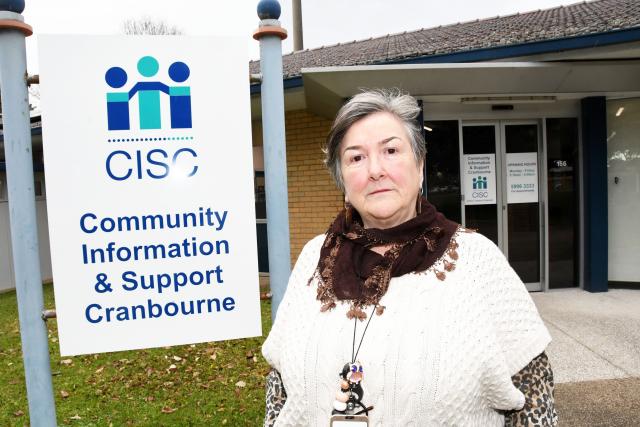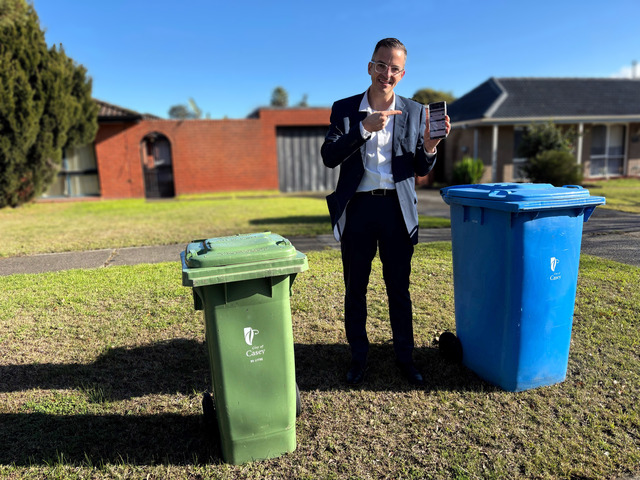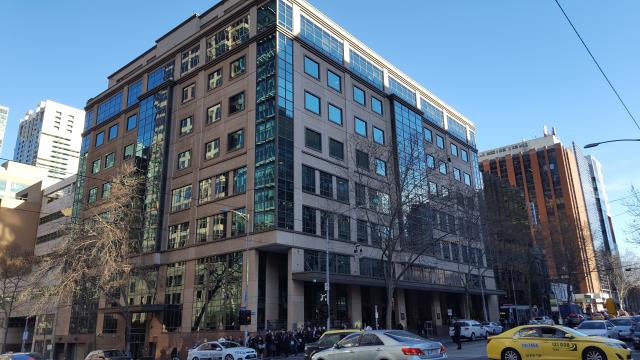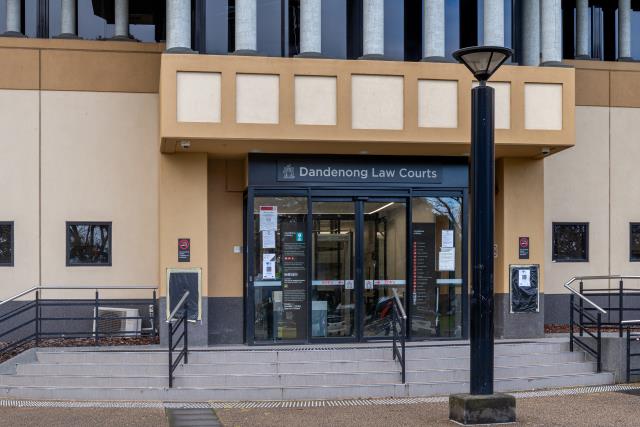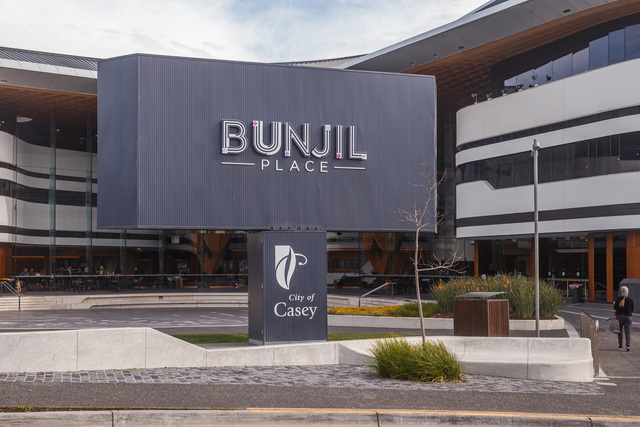Casey is among one of the hottest areas of Melbourne – and not in a good way, particularly for its most vulnerable residents.
Out of 27 government areas, Casey ranked second highest for the urban heat island effect, according to Victorian Council of Social Services research.
Its UHI effect – which means the trapping of heat in urban environments – was on average 3.7 degrees hotter than the leafy, eastern suburbs in Maroondah.
Community Information & Support Cranbourne (CISC) executive officer Leanne Petrides was unsurprised, given the surge of housing estates and shopping centres with little shade.
“This means that the newer suburbs are intensely hot zones.”
The paper found Melbourne’s poorest suburbs were inflicted with the highest temperatures.
The six most disadvantaged government areas in Melbourne were among the eight hottest.
Greater Dandenong – the most socio-economically disadvantaged – had the sixth-greatest urban heat effect. About 2.2 degrees hotter than Maroondah.
Socio-economically, Casey is also ranked below average.
As a double-whammy, Ms Petrides says CISC clients struggling to meet basic needs were also the least likely to afford energy-efficient cooling.
“If they do have air conditioning, many will choose not to use it, in order to avoid high electricity bills.
“This is something we hear most from our older clients, who are also more vulnerable to the impact of extremely hot weather conditions.”
Renters, residents in older properties and a rising homeless cohort were also at risk, Ms Petrides said.
“(People who are homeless) are highly vulnerable to heat-related health issues whether they are sleeping outside, or in their cars, or in poorly renovated rooming houses with tiny rooms and little ventilation.
“Access to drinking water, as well as shower and toilet facilities are severely curtailed, and add to the risk.”
VCOSS chief executive Juanita Pope said poorer people were “feeling the heat more” due to being in hotter suburbs and cheaper housing.
“Extreme heat is a threat to everybody, but especially those already living with a health condition or on a low-income.
“Living on a low-income or with a health condition severely limits your ability to prepare for a heat wave and stay cool.”
More trees, more parks and less concrete were part of the solution, Ms Pope said.
She called for investment in free housing retrofits to cool low-income households.
“We need to recognise people on lower incomes, who live in cheaper housing in hotter areas, need extra support to deal with heat.”
Previous VCOSS research found homeowners were twice more likely than renters to live in insulated dwellings.
The latest research paper speculated why the urban heat island effect was higher in low-income areas.
“The factors that lower the UHI effect might make homes more desirable and therefore less affordable for low-income households; i.e. more parks, more trees, less development, further away from major roads,” it stated.
“Low-income households might also have less time and confidence to participate in local planning decisions and campaign against high density development.”

